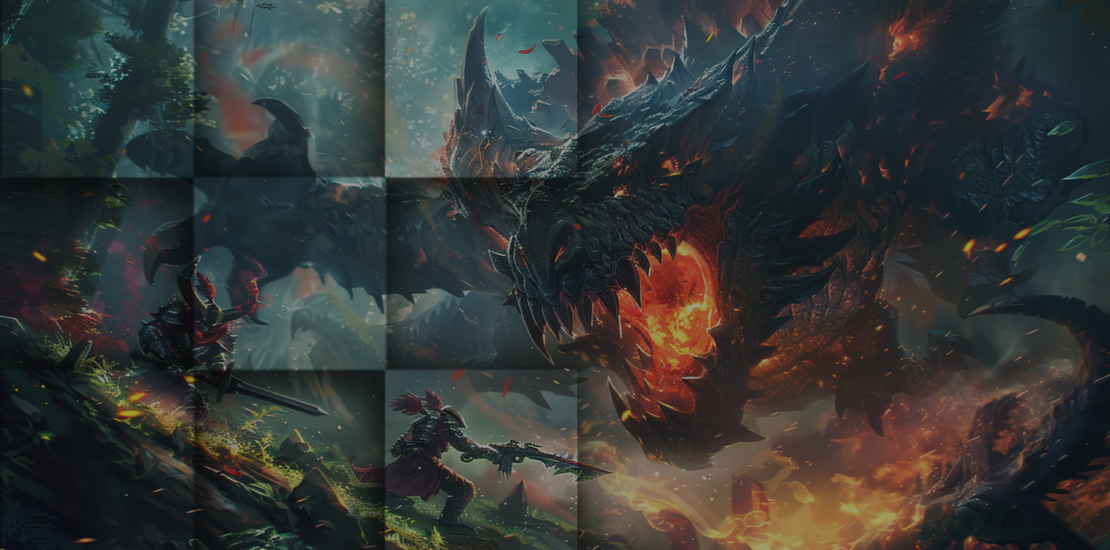Unity Games That Last: How Testing, Art, and LiveOps Drive Revenue and Retention
- April 24, 2025
- Posted by: iXie
- Category: Game Development

The global gaming industry is booming – and yet, most Unity-based titles fail to sustain player attention or generate long-term value. Why? Because success isn’t defined by shipping a playable build. It is defined by execution.
This article explores how strategic QA, high-performing 3D art pipelines, and LiveOps frameworks separate lasting titles from forgettable ones. For studios aiming to build not just games, but game-driven businesses, these three pillars are no longer optional.
QA as a Strategic Investment in Player Retention and Brand Equity
Many developers still consider quality assurance a late-stage cleanup process. But in today’s cross-platform, high-expectation environment, QA is not a cost center. It is an operational asset that protects both player experience and studio reputation.
Why Proactive QA Is Non-Negotiable
Unity’s flexibility in supporting mobile, PC, console, and XR makes early QA essential. Platform-specific glitches, animation inconsistencies, and performance instability often surface only through comprehensive device and network testing.
Delaying QA means increased costs, slower patches, and reputational damage post-launch.
Building Scalable QA Pipelines
High-impact studios combine manual testing for gameplay precision with automation for regression, UI validation, and edge cases. This dual-layered approach allows developers to scale without compromising release velocity.
According to Udonis, 62% of users will uninstall a mobile game if they experience crashes, freezes, or errors—highlighting how critical performance stability is to player retention.
QA as a Trust Mechanism
Players expect frictionless experiences. Crashes, frame drops, and unresponsive UI aren’t just technical failures; they erode trust. QA is not just about fixing code. It’s about reinforcing brand credibility with every player session.
Visual Identity as a Growth Lever in Competitive Markets
Players may try a game for the premise, but they stay for the experience. Today’s visual expectations extend beyond AAA titles, and even casual mobile players expect aesthetic consistency and technical polish.
Meeting Modern Visual Standards
Unity developers must balance fidelity and function. This requires:
- Reducing draw calls through mesh atlases,
- Using Level of Detail (LOD) to scale environments,
- And optimizing shaders for mobile GPUs.
Done well, these approaches preserve visual identity without sacrificing performance.
Art Pipelines That Scale with Content
To support fast iteration and seasonal updates, many studios are moving toward modular asset libraries. Interchangeable components allow for rapid production of maps, avatars, and props, which is critical for LiveOps readiness.
Implementing efficient hot-reload systems can decrease iteration time by approximately 40%, according to developer reports.
Immersive Art Is More Than Aesthetic
Visual consistency across UI, characters, and environments builds emotional connection. For genres like RPGs and simulation games, that consistency becomes part of the product’s DNA and serves as a long-term retention driver.

LiveOps as a Revenue Engine for Ongoing Engagement
A successful launch is no longer the finish line. It’s the opening move. Post-launch engagement, personalization, and content velocity determine whether a Unity game sustains DAU, grows LTV, or quietly disappears.
The Economics of Dynamic Games
Games that stagnate post-launch lose relevance quickly. Top-performing titles such as AFK Arena and Brawl Stars leverage LiveOps to create fresh incentives for return play, including limited-time events, personalized offers, and real-time balance updates.
Unity’s LiveOps Toolset
Using Unity’s Remote Config, Cloud Content Delivery, and Analytics, developers can:
- Deploy events without requiring client updates,
- A/B test monetization flows,
- And push segmented offers to different player groups.
According to a report by Sensor Tower, mobile games incorporating LiveOps strategies generate significantly higher revenue compared to those without such features.
LiveOps as a Continuous Feedback Loop
LiveOps is as much about listening as it is about updating. Usage data reveals feature adoption rates, drop-off points, and monetization behavior. These insights guide future development and marketing priorities.
Cross-Functional Execution: Building Scalable Game Operations
These three areas, QA, Art, and LiveOps, are often treated as separate tracks. But high-functioning studios integrate them into a continuous feedback system that improves product velocity, quality, and profitability.
Execution Synergy in Practice
- QA surfaces shader issues that impact mid-tier device performance, prompting art optimization before release.
- LiveOps analytics indicate that a seasonal event underperformed, which led to adjustments in visual hierarchy or reward placement.
- Art teams deliver modular assets that allow LiveOps to launch weekly content without blocking engineering.
Agile Pipelines Accelerate Impact
Studios working in two-week sprints, where QA, art, and LiveOps collaborate from day one, reduce rework, launch faster, and respond to feedback in near real-time.
When to Scale with Experts
Growth-stage studios often benefit from partnering with external specialists in QA automation, 3D production, or LiveOps orchestration. This enables in-house teams to stay focused on core gameplay and narrative design while scaling operational quality.
Strategic Impact of Execution Pillars on Game Performance
| Execution Pillar | Primary Business Outcome | Metrics Influenced |
|---|---|---|
| QA | Trust and Retention | Crash rate, Day-7 Retention |
| Art | Art Conversion and Brand | Downloads, Session Length |
| LiveOps | LiveOps Monetization and DAU | LTV, Re-engagement, In-App Purchase Lift |
Execution Is the Competitive Moat
Unity offers a powerful development environment, but tools alone don’t create outcomes. Execution across QA, art, and LiveOps determines whether your game becomes a lasting IP or just another app in a crowded store.
Studios that invest early in these pillars build products that don’t just launch well. They scale, they adapt, they retain, and most importantly, they monetize sustainably.
Treat QA as your quality moat. Treat art as your emotional signature. Treat LiveOps as your growth engine. In modern game development, execution is no longer an advantage; it’s the cost of playing.


